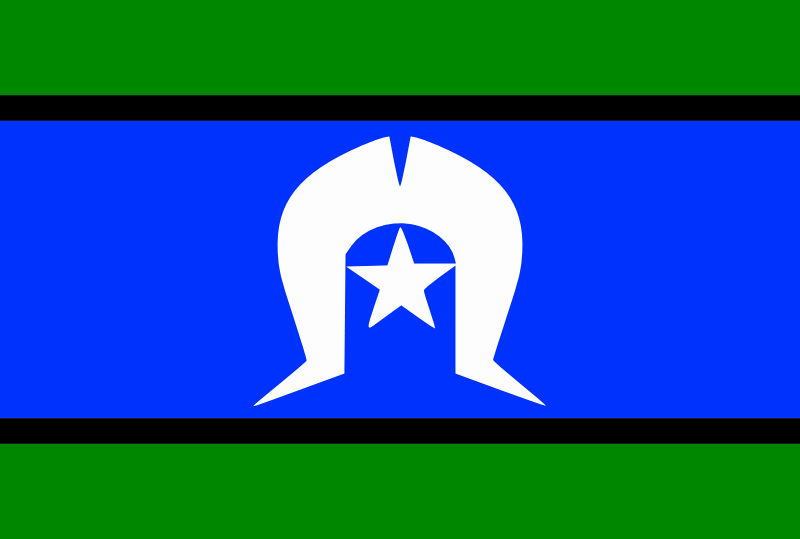26th October 2021
Talent budgets are tight. Lets get back to basics.
Many HR teams are winning high praise for the role they have played in keeping their organisations functioning through COVID-19. They have worked incredibly hard and fast to ensure those most fundamental needs of safety, stability, and security have been attended to. The praise is well deserved.
As we approach the next phase those needs will evolve and require a more sophisticated approach. In this next phase businesses will reset their strategies, investments, and expenses in line with a new normal. In short spending is being reigned in and there’s increased scrutiny on anything regarded as ‘discretionary’.
In our experience when it comes to Talent, Boards and CEO’s have never wanted lots of process and detailed reports on people. And that is not changing. They simply want a ‘Yes’ to the big talent questions and a warranty that work is underway to deliver outcomes. These questions being:
-
Are we building high performers in a planned and systematic way?
-
Are our best people stacking up against the best in the market?
-
Do we have a view on the best talent in the market?
-
Do we know our competitor’s strengths and the capabilities we will need in the future?
Here’s the rub. It was tough building an integrated, holistic program of work against these four questions before COVID-19. It will be even more challenging with tighter budgets.
A limited budget is no excuse for doing nothing on talent because doing nothing is doing something. That isn’t an option for any organisation that relies on people to provide a service, make things, or sell things. The good news is there are talent boosting activities that HR can undertake which cost no money. These take very little time, and can have a big impact on the overall talent agenda.
Below we have listed a couple of tools and techniques for each of the ‘big talent questions’. We are happy to provide our IP and Templates to you for free, gratis, and at no charge.
Building high performers in a planned and systematic way.
- The One Question Succession Plan is a ‘hack’ on the traditional process of Succession Planning. A one-hour discussion requiring no preparation and no forms for the line managers, just someone (usually the HR lead) to take notes on a template we supply. You collect actionable data on key talent to prepare them for future roles. The process also increases the personal accountability of each manager for developing the next generation of leaders.
- Moving Performance Management to a Team Based Process. All work happens in teams, so why do most organisations have a Performance Management framework based on one to one relationships? The single biggest improvement organisations can make to simplify the setting of performance expectations is to do it in Teams, as opposed to a one on one. There are multiple benefits including providing a standardised communication vehicle for every team, linking goals to organisational strategy, reducing workload and getting plans completed in real time.
Ensuring our best people stack up against the best in the market.
- Segmenting Talent for Investment Decisions. Organisations have always, and will always, have to be selective in how and where money and resources are invested in development. Just as we segment customers, products, and services to make investment decisions the first step is to segment employees into groups to help evaluate the scope of the opportunity or problem. One of the segments identified in this process will be your ‘Key Talent’. A further piece of analysis is to identify if your key talent are in your most critical jobs and, if not, what you are going to do about it.
- Outcomes Based Position Descriptions. More people will be working flexibly in the future. Maybe not all, but certainly more. You will, or are already, hiring people who will not even come to the office for an induction. How jobs are set up will need to change. It is now even more important that people are clear on what they are expected to deliver. Roles need to be more outcomes based and less task based. Position Descriptions need to become simpler, and simple doesn’t mean easy.
Having a view on the best people in the market.
- Talent Acquisition Diagnostic Survey. There is no more important talent activity than hiring great people. Organisations need to take a strategic approach to talent acquisition. From recognising the underlying ‘recruitment personality type’ of the organisation. Including the establishment of benchmarks, to effective processes, to recruiter and line manager capability, to the technology and ultimately to the employee value proposition. Our diagnostic questions can be used to identify areas of strength and opportunity in your Talent Acquisition Strategy and approach.
- Put the 90:10 Rule into action. Never heard of it? The 90:10 is a classic rule of thumb that goes like this. Say you had 100 jobs in your organisation – there will be nine jobs you recruit ten times and ten jobs you recruit once. Remember it is a rule of thumb, the thing is to figure out your number and to build pools of talent against them. Another thing to remember is that these are the ‘entry roles’ to your organisation. But that doesn’t mean they are all low level roles, some of them could be quite senior. The reason they are entry roles is that it is quite likely your competitors have these same roles, so it is easier for new hires to make the transition to the core of the role.
Knowing our competitor’s strengths and the capabilities we will need in the future.
- Reviewing Organisation Design. Are you playing the same game as your competitors? How long since you reviewed the thrust of your Organisation Design, as opposed to your organisation structure? Organisation Design is a multi-dimensional concept (with structure being just one component). If you want to benchmark with your competitors, you first need to understand your own game, including your current strengths and weaknesses.
- Creating a Playbook for Today and Tomorrow. Following on from an inward analysis and assessment of your design and capabilities is the process of ranking the organisation against the competitive set on key organisation design factors and building a playbook to out-point the opposition in delivering for customers.
So that’s eight things that can be done for no money and a minimal time investment. There is however, one more activity which brings this all together . . .
Balancing Budgets, Activities and Targets.
No matter the size of your budget you will need to allocate it strategically. Its not uncommon for organisations to have recruitment spend being by far and away the biggest people related expense in the organisation (when taking into account recruiter headcount, agency fees, advertising etc.).
First step is to map budgets, headcounts, and expected deliverables impact for all talent related activity.
Second is to explore what reduced recruiting costs could mean for talent development budgets.
Third is to create a path to get there. We have a template for this process.
To get a free briefing and the associated templates for any of the activities listed above, get in contact with us!
Categories: Uncategorised



